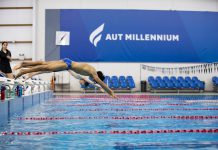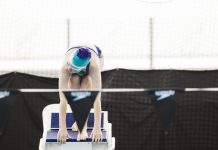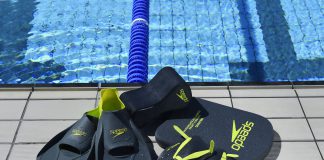One piece of equipment that you might want to consider adding to your gear bag is a training snorkel. A snorkel is a great tool to use for working on your skills and technique to further develop your stroke. Here’s a few ways that snorkels can help you improve your swimming.
Balance to your stroke
By using a snorkel, you do not need to worry about the breathing position and can focus purely on keeping your stroke balanced and under control. When we are working on our stroke, it can be easy to lose balance and control when breathing.
Encourages a good head position
When wearing a snorkel, it can be easier for you to get the correct head position and maintain it throughout the stroke.
Great for kick sets
When developing your kick, it can be good to use a snorkel because it gives you the opportunity to kick with your body in the correct body position due to not needing to lift your head up.
Perfect to help keep straight in the water
Swimming straight in the water is something most people don’t think about when trying to swim faster. Wearing a snorkel can help you to swim straight and keep your head aligned, ultimately leading to a faster stroke.
Leads to a fuller kick
When rolling to breathe, many fall into the trap of the legs crossing over each other sacrificing the kick. Wearing a snorkel can help to get a stronger kick as you no longer need to roll to breathe, giving you the perfect opportunity to maintain the full kick throughout the stroke.
These are some solid reasons for adding a snorkel to your equipment collection. Hopefully you will see these benefits to your stroke, and lead to a stronger, technical stroke.
Good luck and happy swimming!
Head into our Speedo Shop to check out our range of snorkels!






































